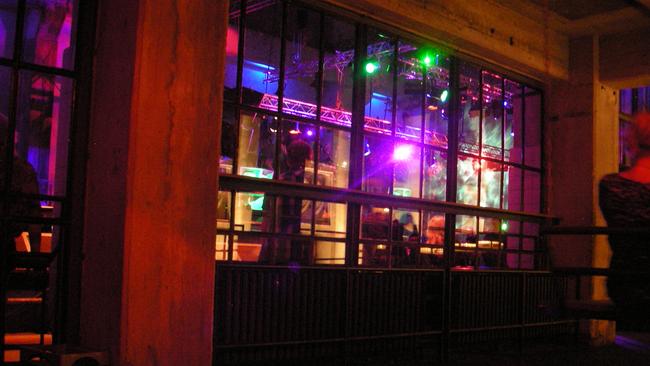The jungles of Mexico are hiding an oddly English secret
STAIRS leading nowhere, a house with no walls and an eccentric English aristocrat. The secret garden of art hidden high up in the jungle.
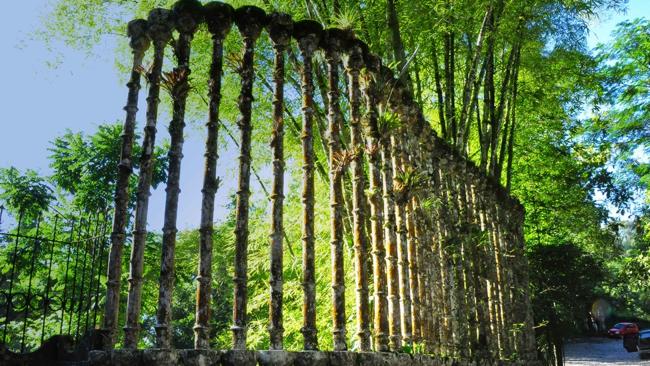
AT THE end of a long, dirt road in Mexico's northeast jungle, two spiral staircases appear, leading nowhere amid an ornate concrete structure.
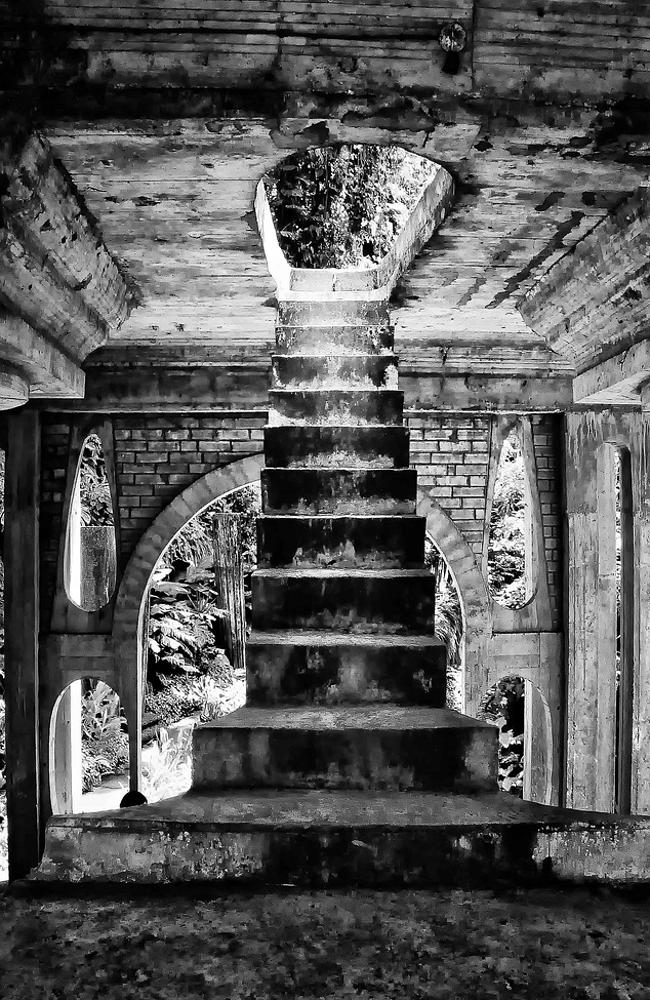
Giant concrete fleur-de-lis flank a path, and tall bamboo-shaped columns surround a house with no walls. Over-size plaster orchids are in permanent bloom, while a natural waterfall ceaselessly flows down a mountain.
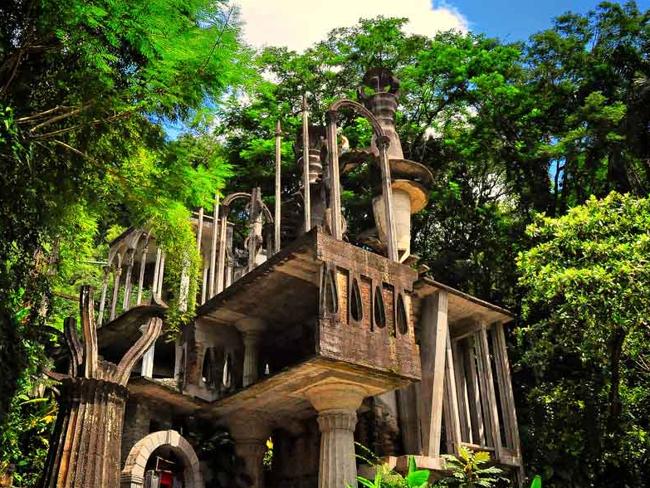
This is Las Pozas, a dreamy, little-known garden of surreal art, where sculptures evoke the ruins of ancient Greece but are overrun by exotic jungle plants.
It was created by the late Edward James, a British multi-millionaire and arts patron who favoured surrealists like Rene Magritte and Salvador Dali.
“Mr. Edward wanted to bewilder,” said Carlos Barbosa, a park guide. He thought of the park “as a joke to a future civilisation.”
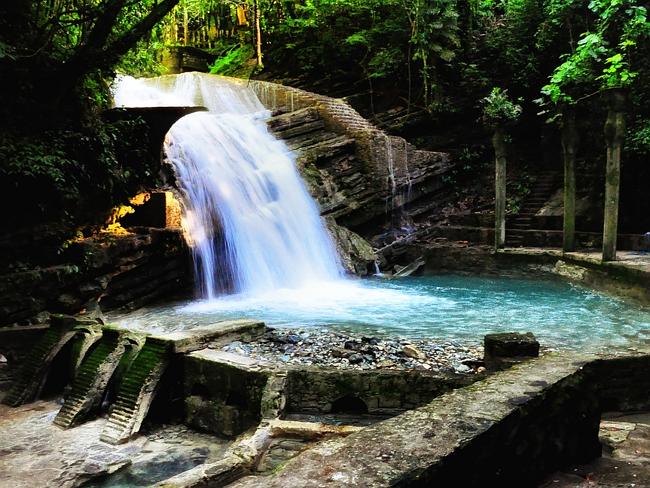
And visitors are bewildered by Las Pozas, located on a 100-acre (40-hectare) hillside where the Sierra Madre mountains and coastal plains of the northeast state of San Luis Potosi meet.
“I had seen videos and documents but I didn't expect it to be so impressive,” said Vida Arellano, a tourist from the northern state of Chihuahua. “Once you are here, you are enveloped by nature, the sculptures, the architecture ... it transports you to a different mental state.”
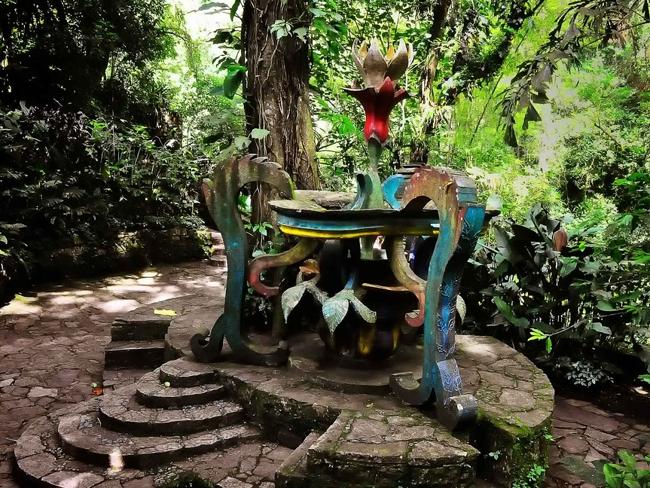
The ferocity of the jungle in these hills of the Sierra Madre, a seven-hour drive from Mexico City, has destroyed many structures in the garden.
But that didn't bother James, who liked to think that future archaeologists would discover his lost city and wonder what kind of civilisation had built it, Barbosa said.

James inherited a fortune from his father and used the money to support the work of great surrealists, including Dali, Magritte, Leonora Carrington and Remedios Varo.
Fascinated with Mexico, he arrived in San Luis Potosi in the mid-1940s, bought land through a Mexican friend and spent the next 20 years of his life building his garden.
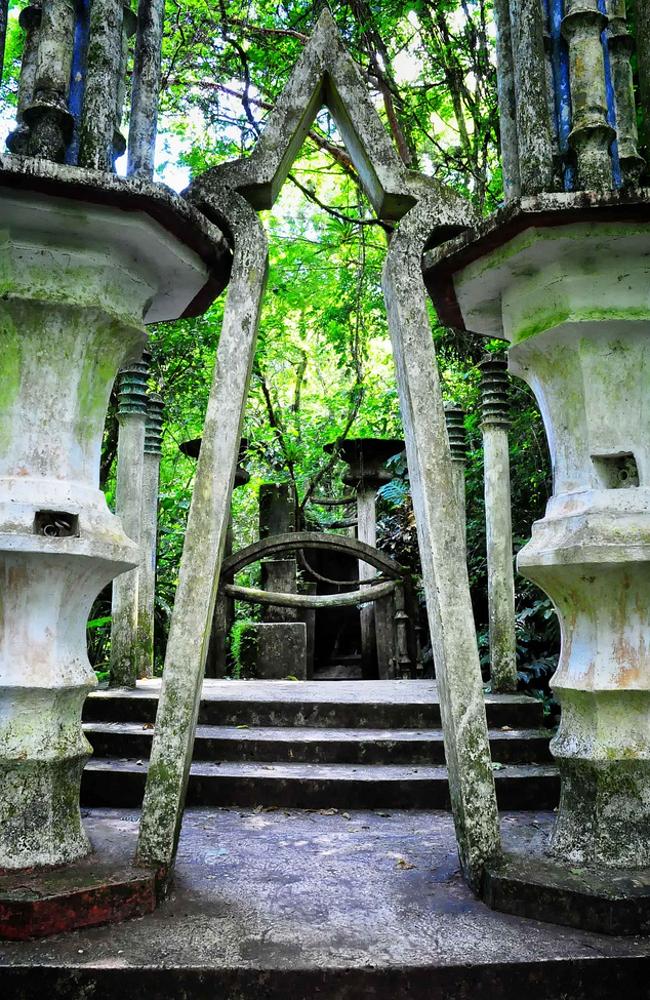
The park was half-built by the time its creator died 30 years ago, but it remains an impressive work of art, with an air of mystery added by the rust and deterioration brought on by nature.
The original project, interestingly, had nothing to do with the garden's ultimate design.
For years, James cultivated thousands of orchids on his land, but in 1962 a cold snap destroyed them, said Zaira Linan, the park's assistant director.
James then ordered workers to build cement flowers that weather couldn't destroy, Linan said.
It was in Cuernavaca that he met Plutarco Gastelum, a Mexican friend who helped oversee the garden’s progress as workers built wooden moulds from James’ drawings and filled them with cement to create the sculptures.
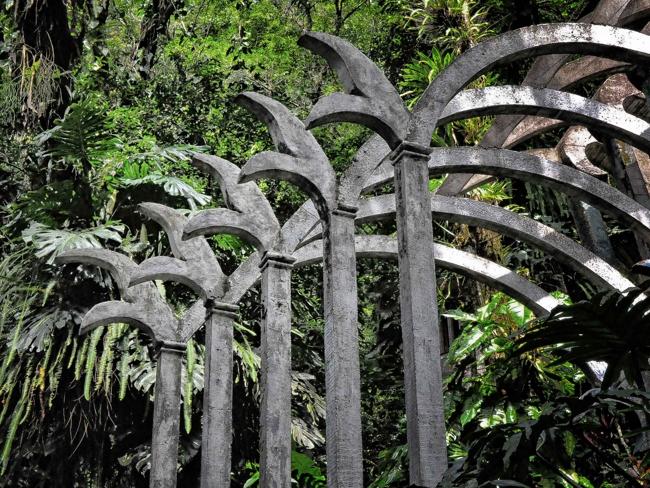
Walking through the labyrinthine paths overrun by the jungle is an adventure.
And just when it seems that there is nothing more to see, a small, stone pre-Columbian house opens the way to a stunning square where a giant concrete sculpture of a blooming flower sits.
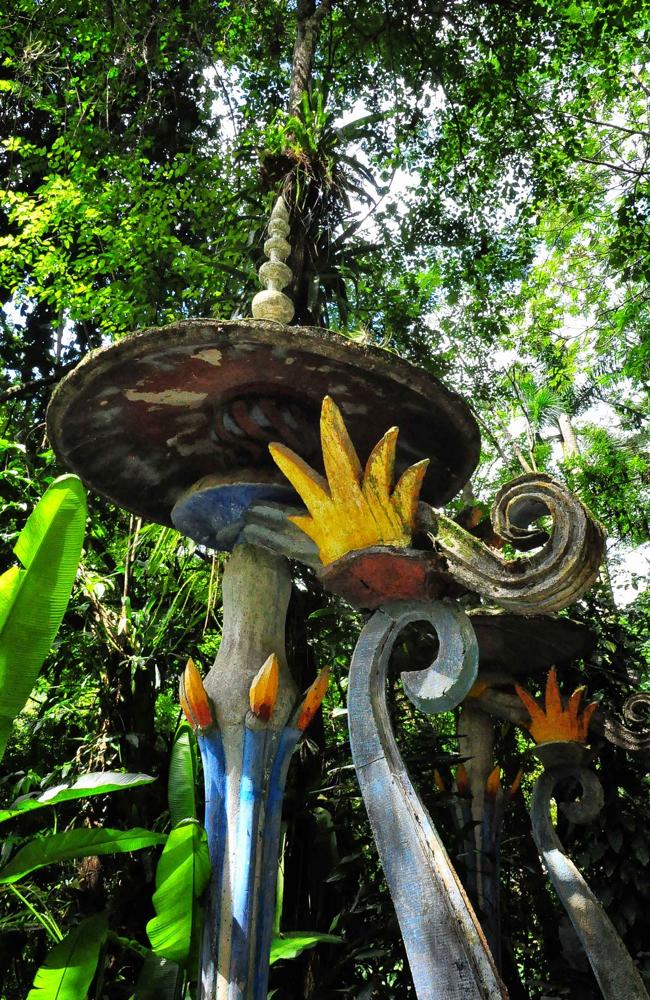
With park guides' help, visitors can access the most remote corners of the park, including a concrete bed shaped like a tree leaf where James used to meditate and prepare for death.
But James didn't die in his precious park. He died in 1984 in San Remo, Italy, when a stroke put an end to his delirious project.
Since he didn't leave any sketches for future sculptures, construction halted and the jungle began to take over, Linan said.

In 1990, Gastelum's son opened the park to the public. He remembers James as a “tender” character whom he called “Uncle Eduardo,” and says he is often surprised by the curious anecdotes he reads about James, including one that claims he may be an unacknowledged descendant of Britain's King Edward VII.
“It wasn't until I was much older that I thought, 'How come I have an English uncle?"' Gastelum said laughing.

In 2007, Gastelum turned the garden over to a foundation so more resources could be devoted to preserving its 36 sculptures. Today it draws 75,000 visitors annually.

